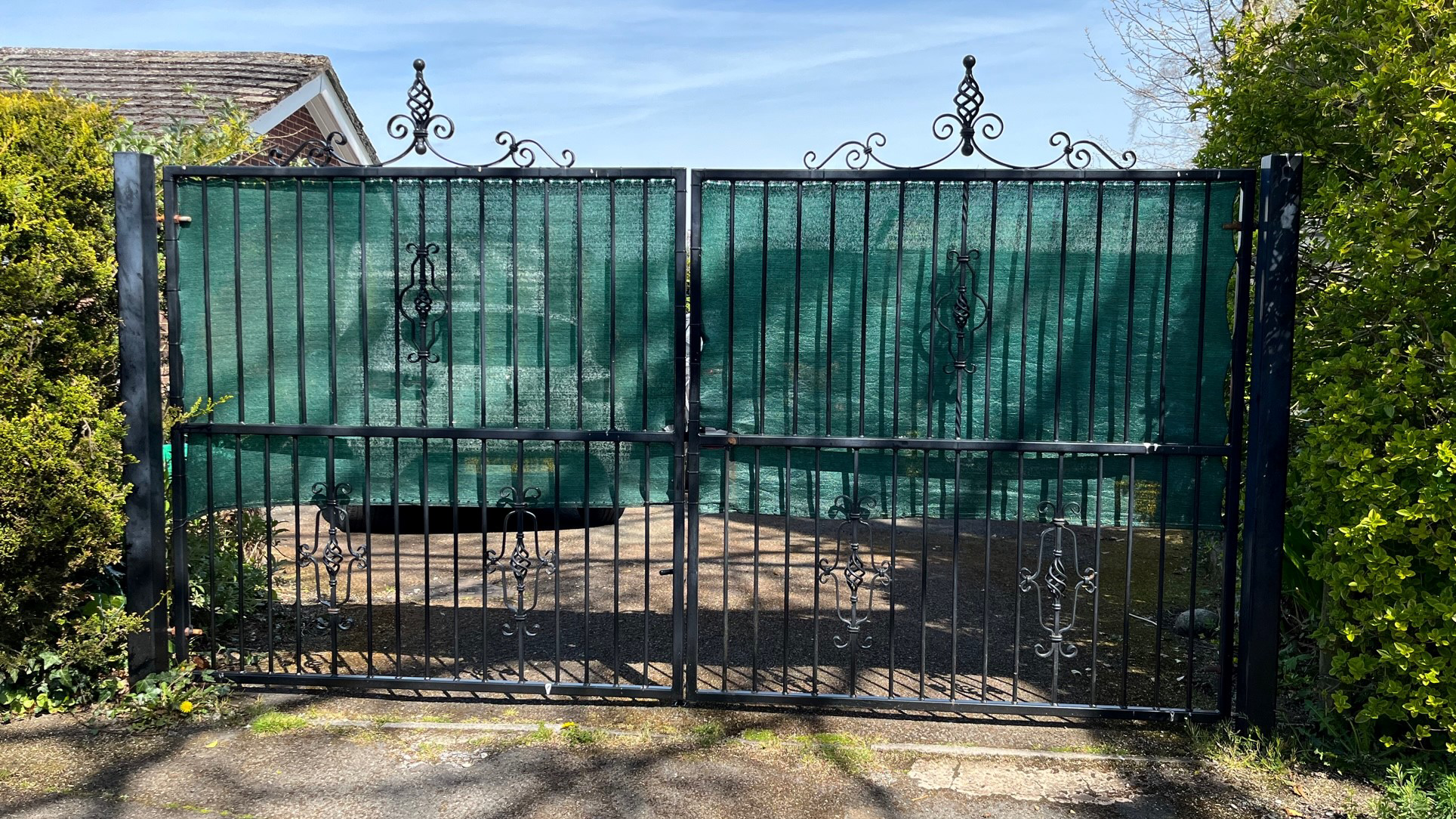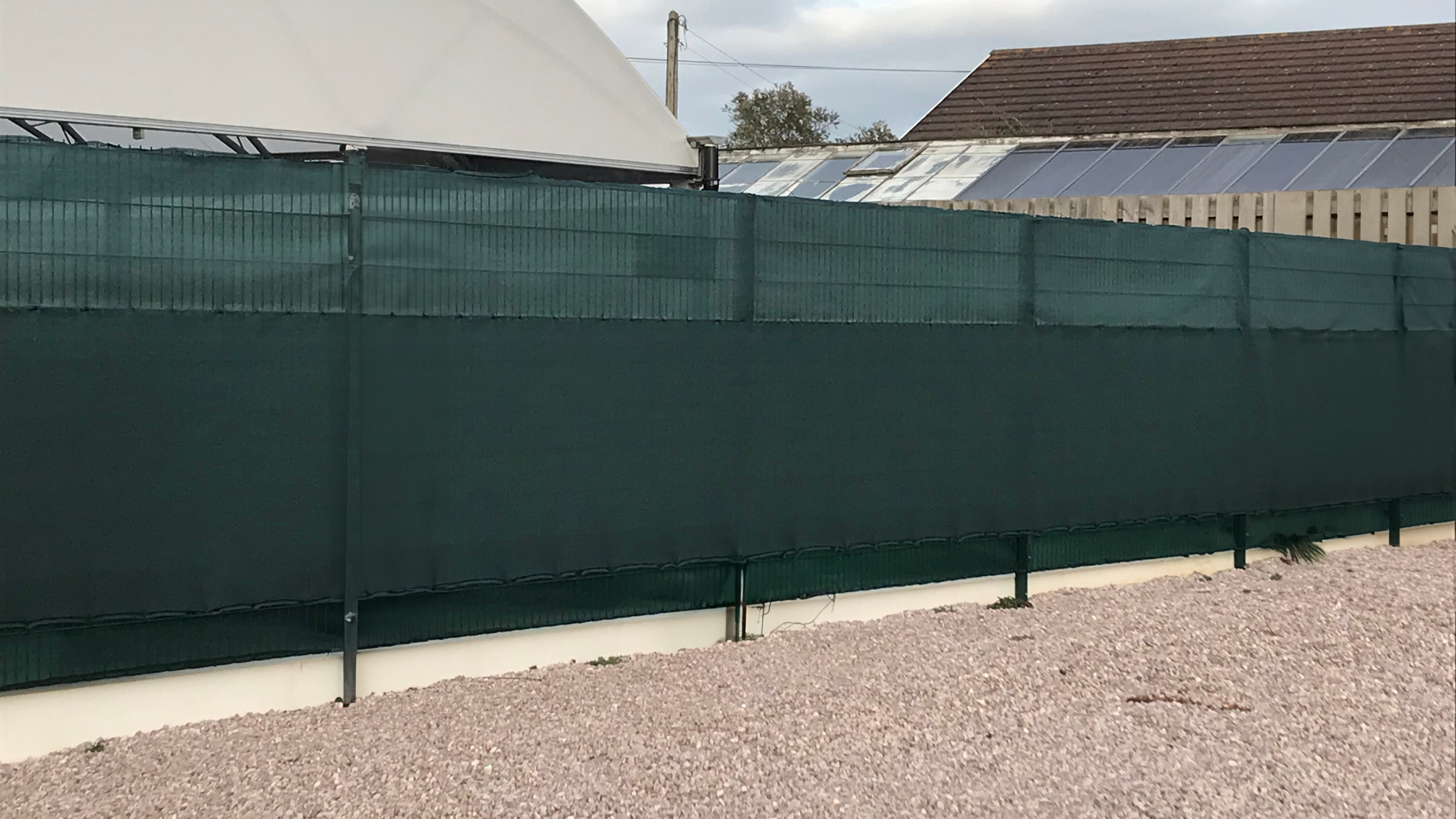-

 Supplied as a single roll Colour: Green, Black & Blue Spec: 50gsm Usage: Scaffolding, heras fencing, partitioning, gardening and allotments Tarpaflex debris netting is manufactured to approx. 50gsm. All of our netting has button hole eyelets...£15.42 - £47.40 (Inc. VAT)£12.85 - £39.50 (Ex. VAT)
Supplied as a single roll Colour: Green, Black & Blue Spec: 50gsm Usage: Scaffolding, heras fencing, partitioning, gardening and allotments Tarpaflex debris netting is manufactured to approx. 50gsm. All of our netting has button hole eyelets...£15.42 - £47.40 (Inc. VAT)£12.85 - £39.50 (Ex. VAT) -

 Supplied as a single roll.This flame retardant netting is manufactured to the US standard CPAI 84, Section 6. Size: 2m x 50m Colour: White Spec: 60gsm Approx Weight : 6kg Coverage : 100 Square Metres£41.58 (Inc. VAT)£34.65 (Ex. VAT)
Supplied as a single roll.This flame retardant netting is manufactured to the US standard CPAI 84, Section 6. Size: 2m x 50m Colour: White Spec: 60gsm Approx Weight : 6kg Coverage : 100 Square Metres£41.58 (Inc. VAT)£34.65 (Ex. VAT) -

 Supplied as a single roll Tarpaflex debris netting is manufactured to approx. 70gsm. All of our netting has knitted button hole eyelets along the edges and through the middle, to ease fixing of netting to scaffolding or other objects. Due to the size of...£33.06 - £51.59 (Inc. VAT)£27.55 - £42.99 (Ex. VAT)
Supplied as a single roll Tarpaflex debris netting is manufactured to approx. 70gsm. All of our netting has knitted button hole eyelets along the edges and through the middle, to ease fixing of netting to scaffolding or other objects. Due to the size of...£33.06 - £51.59 (Inc. VAT)£27.55 - £42.99 (Ex. VAT) -

 Tarpaflex heavy duty debris netting is available in 100gsm (grey) and 150gsm (green). All of our netting has button hole eyelets along the edges and along the middle section, to ease the fixing of the netting to scaffolding or other objects.£62.58 - £103.90 (Inc. VAT)£52.15 - £86.58 (Ex. VAT)
Tarpaflex heavy duty debris netting is available in 100gsm (grey) and 150gsm (green). All of our netting has button hole eyelets along the edges and along the middle section, to ease the fixing of the netting to scaffolding or other objects.£62.58 - £103.90 (Inc. VAT)£52.15 - £86.58 (Ex. VAT)
Beyond construction, netting is highly effective in agricultural and horticultural settings. It serves as bird netting to protect crops, fruit netting to shield delicate plants, and vegetable netting to safeguard produce from pests. It is also widely used in gardens, allotments, and farms to cover plants and prevent damage.
Mesh size : approx 2-5mm - Density / Opacity : approx. 50%
Frequently Asked Questions
What is the best netting to keep birds away?
For protecting crops and gardens from birds, bird netting is the most effective solution. It features a fine mesh design that prevents birds from accessing fruit, vegetables, or newly seeded areas. Our garden netting is UV-stabilised for long-lasting outdoor use and is ideal for covering berry bushes, fruit trees, and delicate plants.
What vegetables should be netted?
Many vegetables benefit from the protection of vegetable netting, especially those prone to damage from birds, insects, or pests.
Common vegetables that should be netted include:
- Cabbages and brassicas: To prevent damage from cabbage white butterflies.
- Carrots: To keep out carrot flies.
- Lettuce and leafy greens: To deter rabbits and birds.
- Strawberries: Best covered with fruit netting to stop birds from eating the berries.
How do you net a vegetable garden?
To effectively cover a vegetable garden with netting, follow these steps:
- Measure the area you want to cover and cut the netting to size.
- Use stakes or hoops to create a frame, ensuring the netting remains elevated above the plants.
- Secure the netting with cable ties or shock cords to hold it firmly in place.
- Check for gaps to prevent birds or pests from entering.
Can you put netting over tomato plants?
You can place netting over tomato plants to protect them from birds, rabbits, or strong winds. For tomatoes, use a lightweight fruit netting with a fine mesh to allow sunlight and rain to reach the plants while preventing pests from causing damage. Ensure the netting is elevated with stakes to avoid tangling with the plants as they grow.





